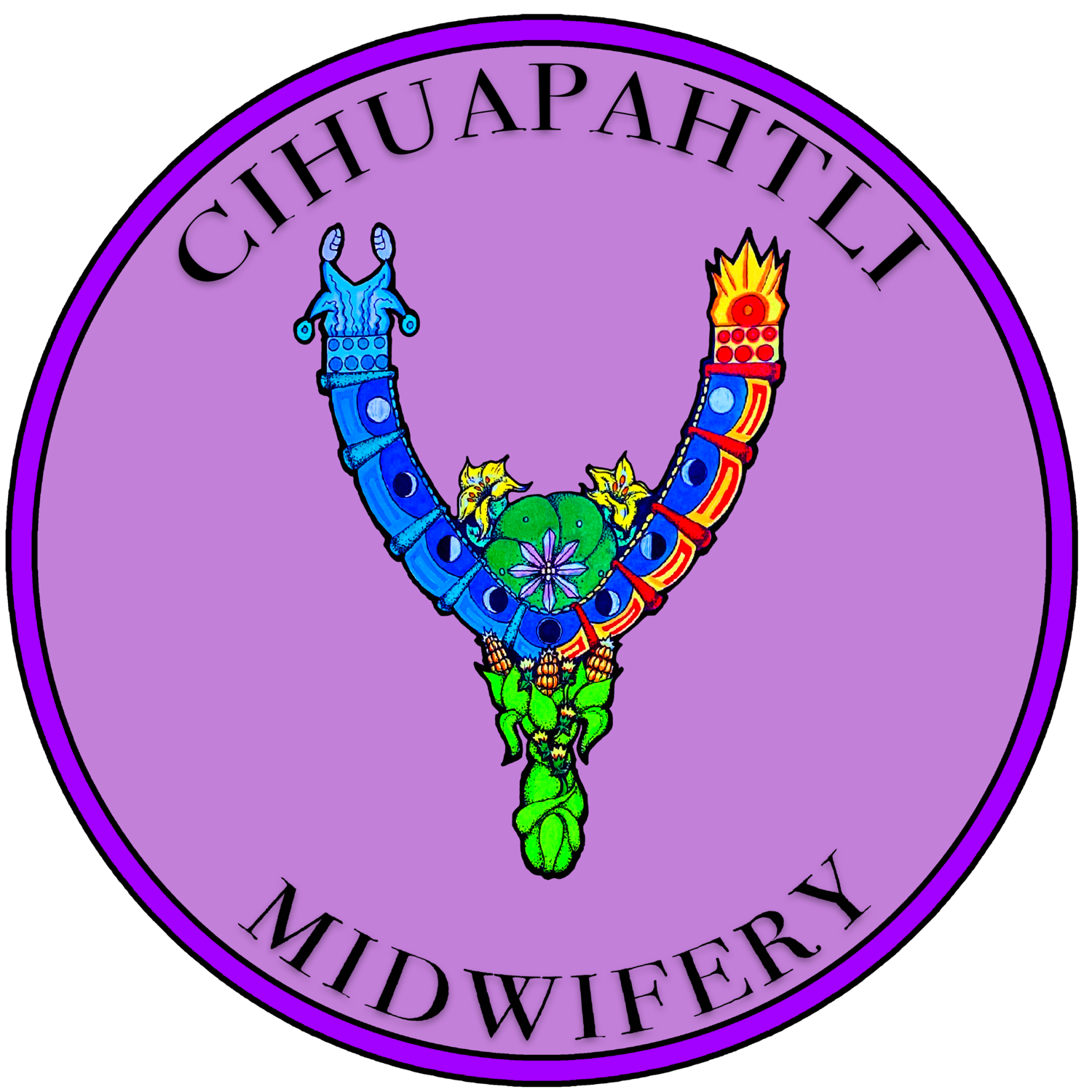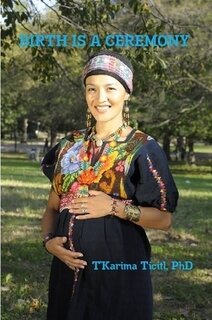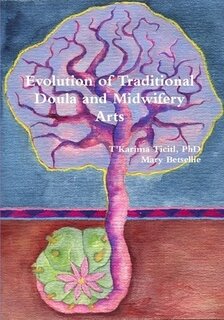MY BODY, MY BIRTH
My Body, My Birth: Rediscovering the Forgotten Knowledge of Delivering a Healthy Baby to the World,” celebrates birth as a ceremony and shares insightful methods of traditional care for child birth. My Body, My Birth takes a whole society approach and includes topics on: plants that guide Dra. Ticitl's midwifery journey, traumas, home birth as safe, common discomforts of pregnancy and comfort measures, the lost arts of pregnancy and childbirth such as the importance of a ceremonial fire during childbirth, Indigenous traditional ways of postpartum care, women warrior birth stories, midwives's words of wisdom, and introduces Cihuapahtli Midwifery, the home birth practice of Dra. T'Karima Ticitl, LM, CM, Partera.
FREEING NAHUA/MEXICA/AZTEC CHILDREN’S LITERATURE FROM STEREOTYPES AND MISCONCEPTIONS
This book is a useful resource for parents, teachers, librarians, authors, illustrators, editors, and anyone who is interested in education about Indigenous or Mexica history and culture.
Given this legacy of 528 years of colonization and miseducation of Indigenous peoples, this book provides a content analysis of Nahua/Mexica/Aztec children's literature. Three methodologies were explored: quantitative research consisting of a survey, qualitative research consisting of four focus groups, and using critical race theory and tribal critical race theory to analyze Nahua/Mexica/Aztec K-8th grade children's books published both in the United States and Mexico for stereotypical and racist, or constructive and positive content.
Forty-five Nahua/Mexica/Aztec books were analyzed. Ten books were reviewed with four focus groups. A checklist for selecting and evaluating Nahua/Mexica/Aztec children's books was developed. Eight decolonized Nahua children's books were found.
BIRTH IS A CEREMONY
This book is a useful resource for pregnant people, parents, birth workers and anyone interested in birth stories about the use of peyote in pregnancy and childbirth. Based on the variety of nutrition recommended for pregnant people, the birth stories are about eating medicinal plants such as peyote throughout pregnancy and/or childbirth. The reoccurring patterns and themes of consuming peyote in pregnancy and/or childbirth consisted of; (1) strength (2) healing, (3) harmony, (4) health, (5) gratitude, (6) love, (7) motherhood, (8) safe in pregnancy and birth, (9) good for breastmilk, (10) sacred spirituality, (11) faith, (12) grandmother and grandfather, and (13) vision. Consuming peyote in pregnancy and/or childbirth does not cause fetal malformations or congenital anomalies to babies. After reading this book the author does not recommend that one consume peyote in pregnancy and/or childbirth, the people who shared their experiences here are members of a Native American Church chapter or very active in peyote traditions.
BLOOMING FLOWER, SHOOTING STAR
Blooming Flower, Shooting Star is semi-fiction, there is some non-fictional history of Indigenous icons, traditions, and rituals incorporated. The book involves two characters, Citlali and Flor. Citlali is an undergraduate at New York University and was a former ward of the court in California. Flor is a senior in high school in Oakland, California and is still in the foster care system. After not being in contact for three years, they begin to e-mail each other and discuss many of the issues that young adults/teens are dealing with today. They write to each other about issues ranging from love, history, traditions, boyfriends, pregnancy, feminism, gangs, military, and share their daily lives with each other the way best friends or sisters do.
*In 2017 I changed my name from Yaocihuatzin to T’Karima Ticitl.
EVOLUTION OF TRADITIONAL DOULA AND MIDWIFERY ARTS
This book is a useful resource for all parents, birth workers, doulas, midwives, and anyone who is interested in pregnancy, birth, and postpartum traditions. Even with all the years of colonization and miseducation of birth all over the world, there are still many people who hold birth as ceremony with a lot of love and respect for the various traditions around birth. This book mentions some of the work of Traditional Doula Arts (TDA) and changing of the name to Traditional Doula and Midwifery Arts (TDMA). TDMA teaches certification workshops on how to be a placenta encapsulation specialist, birth doula, and postpartum doula, this book highlights TDMA's work from 2015-2018. In three years, 106 people who were interested in birth work have completed certification workshops with TDMA and are currently birth or postpartum doulas and placenta specialist in New York, New Jersey, Massachusetts, Florida, South Carolina, Virginia, Louisiana, and California. This book celebrates Traditional Doula and Midwifery Arts three year anniversary.
BOYS CAN HAVE LONG HAIR, TOO
Los Niños Tambien Pueden Tener el Cabello Largo, is a mixture of fiction and nonfiction. The book is in English and Spanish. The story is about a young Mexica-Native boy, named Kuauhteotl, who goes to a public school, after being home schooled. At school, Kuauhteotl is made fun of by his classmates because he has long hair. After being teased and called a girl, his teacher suggest he do a project where he explains why he has long hair. Kuauhteotl likes the assignment, goes home to interview his grandpa, dad, uncle, and brother as to why they have long hair and when he returns to school the next day he is eager to share his story.
*I only have a limited number of these books left, contact me directly if you would like one, $20. Thank you.






